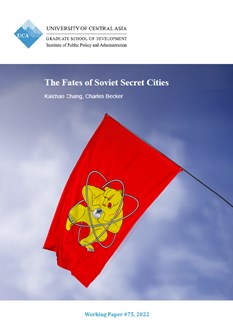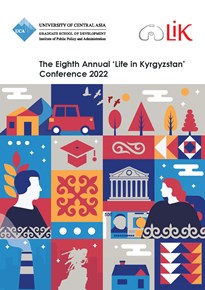The Fates of Soviet Secret Cities
Authors: Kaichao Chang, Charles Becker
Abstract: During the Soviet era, closed cities were off-limits to foreigners and unauthorized citizens. After the dissolution, many closed cities opened or were abandoned, but some Russian “ZATOs” (Закрытое административно-территориальное образование) kept their closed status. This paper investigates the different development patterns of closed cities compared with normal cities.
Absent city-level economic information, we employ satellite nighttime light data to infer economic activity. We find that some ZATOs have thrived in the post-Soviet environment, which we attribute mainly to substantial human capital and Russian government support. Ukrainian counterparts have been more likely to decline, both because of an absence of government support and being cut off from the Russian military-industrial complex.
About the authors:
Professor Charles M. Becker earned his PhD in Economics at Princeton University (1981) and was an undergraduate at Grinnell College (BA, Economics and Russian language, 1976). He previously taught at Vanderbilt University and at the University of Colorado at Boulder, where he directed the Economics Institute from 1990-96. In 1998-99, Becker served as Team Leader for the Asian Development Bank’s pension reform project in Kyrgyzstan; from 1999-2006 he served as an advisor to the Kazakhstan government on its pension reform program. International Academic Council of the Kyiv School of Economics from 2012 to 2015.
Kaichao Chang, is currently an MS student in economics and computation at Duke University. Before it, he earned his BS in mathematics, BA in economics at the University of Colorado Denver, and BA in economics at China Agricultural University.
Keywords: Soviet and Post-Soviet Economic History, Satellite Nighttime Light Data, Urbanization, Closed cities
JEL codes: P25, R12, J10, N34, N94, O18









